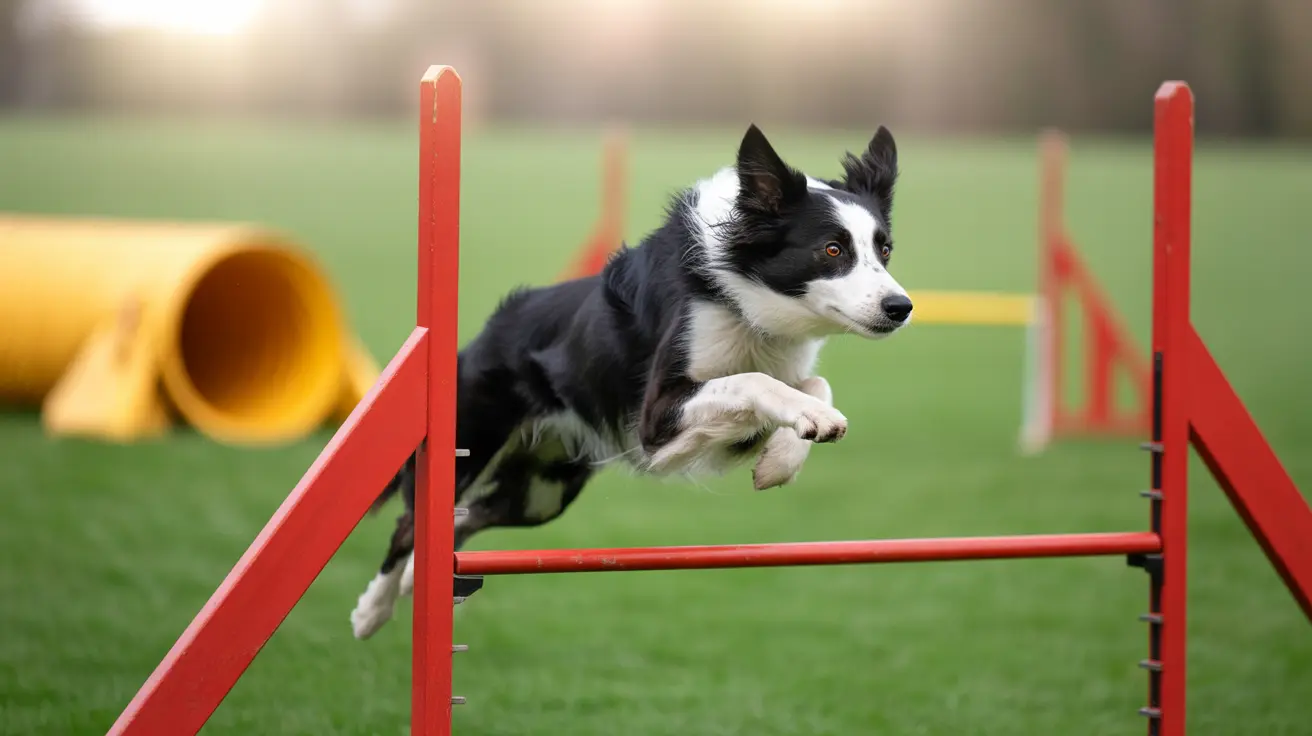Understanding and Healing Happy Tail Syndrome in Dogs
Happy tail syndrome is a painful and often persistent condition that occurs in dogs, especially those with long and muscular tails. This condition results from repeated striking of the tail against hard surfaces, leading to open wounds, bleeding, and infection. Despite its cheerful name, happy tail syndrome can be frustrating to manage and often requires significant care and attention to heal properly.
What Is Happy Tail Syndrome?
Happy tail syndrome occurs when a dog wags its tail so vigorously that the tail repeatedly strikes objects like kennel walls, furniture, or doors. These impacts cause damage to the tip of the tail, leading to:
- Cracked or bleeding tail tips
- Swelling or open wounds
- Hair loss at the injury site
- Signs of pain or irritation (licking, biting)
The condition is most common in large, active breeds such as Labrador Retrievers, Great Danes, Greyhounds, Vizslas, and Pit Bulls—though any dog can develop it.
How Long Does Happy Tail Syndrome Take to Heal?
In mild cases, with appropriate treatment and limited movement, happy tail syndrome may heal within one to two weeks. However, healing time varies based on:
- Severity of the injury
- Effectiveness of bandaging and wound care
- Ability to reduce tail movement
- Presence of infection
Dogs who continue to wag their tails vigorously or who are not properly protected may reopen wounds, significantly extending recovery—sometimes requiring several weeks or even surgery to resolve the issue.
Diagnosing Happy Tail Syndrome
Diagnosis is typically based on a physical exam and the dog's history. Vets may also conduct blood tests if bleeding is excessive or recurrent, to rule out issues like anemia or clotting disorders.
Treatment and Home Care
Treating happy tail syndrome can be challenging due to the tail’s constant motion and difficulty in bandaging. Successful treatment usually involves:
- Cleaning the wound with mild antiseptic or saline solution
- Applying a non-stick dressing and securing it gently with medical tape
- Restricting activity to prevent further injury
- Prescribed medications like antibiotics or pain relievers
- Using sedatives if needed to minimize movement
Persistent or severe cases may require surgical tail amputation (docking) to permanently resolve trauma. Dogs usually recover well from this surgery, with healing time similar to other soft-tissue procedures.
Prevention and Management Strategies
To prevent recurrence or manage ongoing cases, pet owners can adopt several strategies:
- Use tail protectors (commercial or homemade)
- Pad hard surfaces around the dog’s living area
- Minimize excitement through behavior training
- Provide open spaces free from sharp furniture edges
Always monitor your dog’s tail carefully during recovery. If wounds do not heal in a week or if infection develops, consult your veterinarian immediately.
When to Consider Tail Amputation
If multiple rounds of treatment fail or if the condition recurs frequently, tail amputation may become the best option. Though considered a last resort, it provides lasting relief and prevents continued pain. After surgery, most dogs adapt quickly without a significant loss of quality of life.
Conclusion
Happy tail syndrome can be a difficult and distressing condition for both dogs and their owners. With proper care, mild cases can heal within a couple of weeks, while severe cases might demand more intensive treatment or surgery. Prevention, early intervention, and consistent management are key to helping your dog wag its tail happily and safely.





